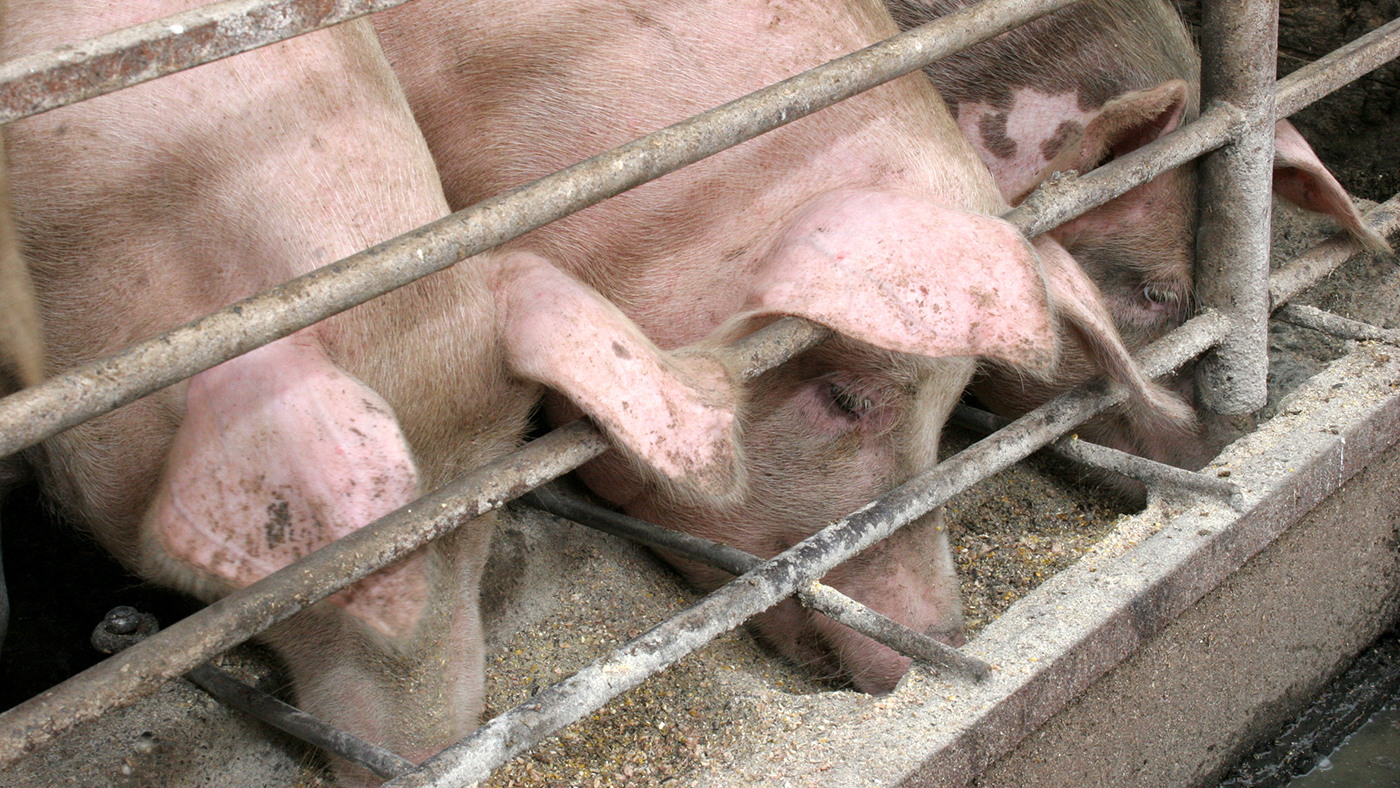The latest Rabobank quarterly pork report shows global pork consumption remains soft. Christine McCracken, senior animal protein analyst with Rabobank, talks about the latest findings.
“As we’ve gone through the summer here with pretty healthy demand, I think for most products, we’re looking into the back half and maybe a little bit more uncertainty both in terms of demand worldwide, and then on the supply side, really looking at the cost of production is still very high. So, a little worried about the profit outlook as things slow down into the end of the year, and that has the industry overall, a little concerned.”
Part of the blame goes to rising prices at the meat counter.
“From a consumer standpoint, prices of meat worldwide are still pretty high. You know, you think about the meat cost itself is still relatively high versus a historical standpoint. But you look globally, I mean, economies around the world continue to struggle, and especially in other parts of the world where maybe inflationary impacts are even a little bit more intense. You look at China, which hasn’t come out of COVID quite as quickly as we expected, and it still has a lot of product in inventory.”
She says the global pork market is more sluggish than expected, due, in part, to a lot of pork in inventory. One beneficial aspect domestically is less beef available because of smaller herds in cattle country.
“I think that is one bright spot for maybe for the pork industry is that there’s going to be a little less beef out there going forward, and that should help at least our domestic balance. When we think about how long this liquidation phase has run out, and we’re going to see those lower beef supplies here, not just this year but into next year and likely the year after, until we get a rebuilding of that cattle herd.”
McCracken says there is a lot of poultry out there to compete with pork in grocery stores. She looks ahead to the next six to 12 months in the pork industry.
“Well, I think that the industry is a little bit cautious right now. They are starting to liquidate some of their production and maybe cut back on the overall supply, and that should help improve the price outlook for the U.S. hog industry. It is going to be challenging, we think, especially with these high costs of production. If you think about Europe, which has taken its herd down considerably, the U.S. should continue to see strong export demand. And so, there are some things to be positive about that maybe isn’t knocking it out of the park, at least over the next 12 months.”


